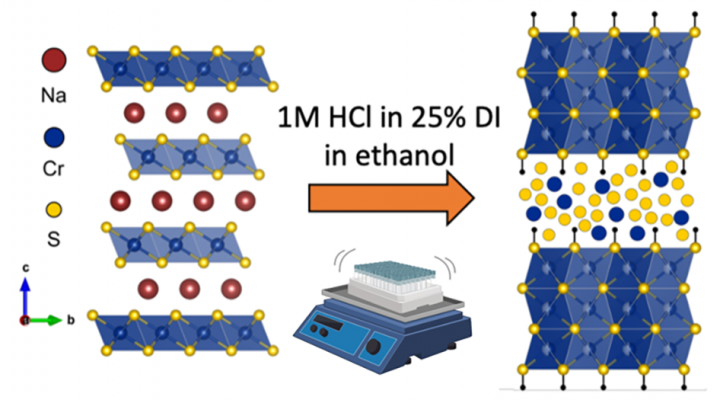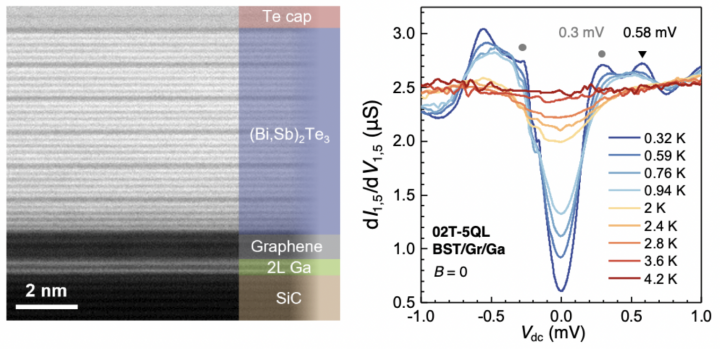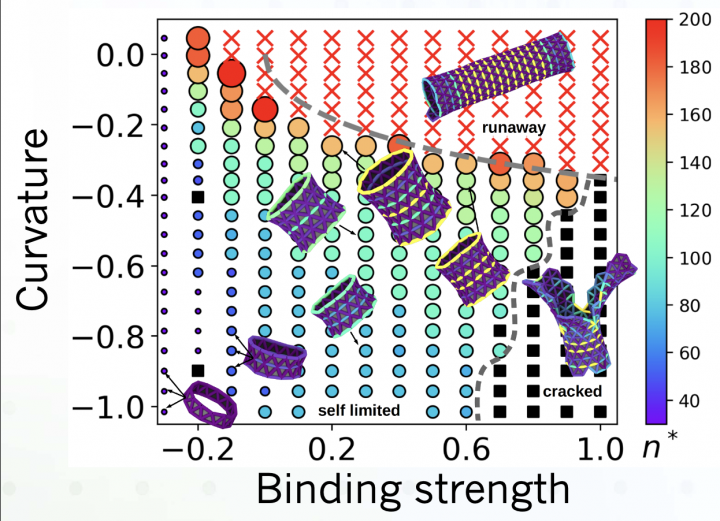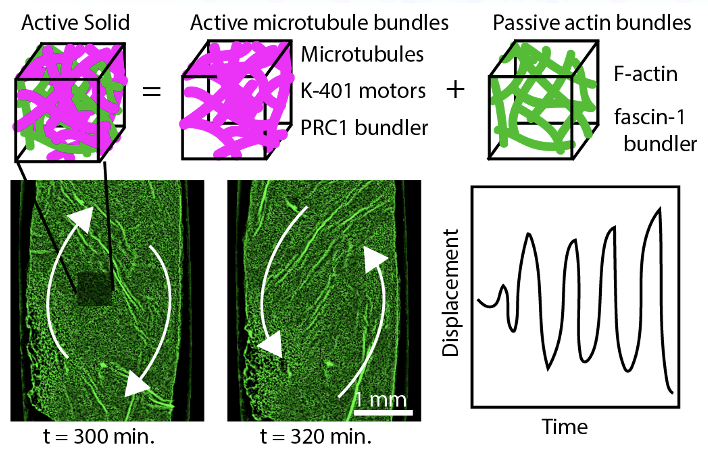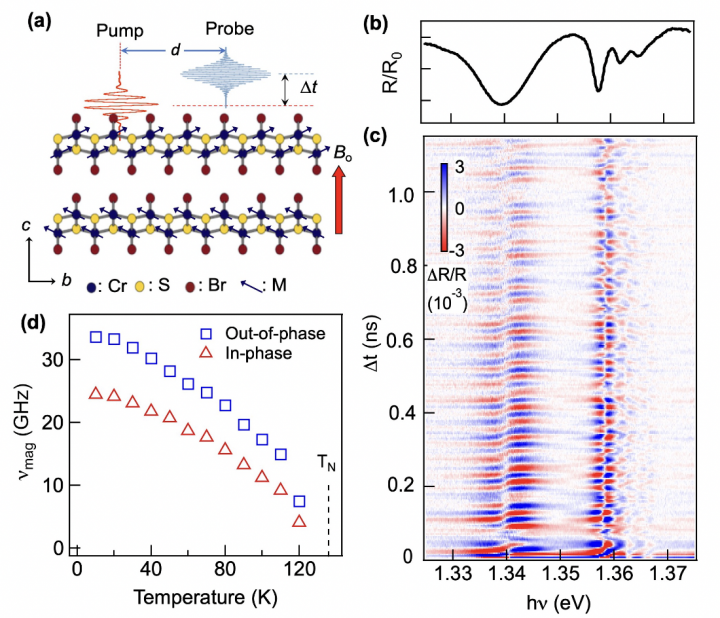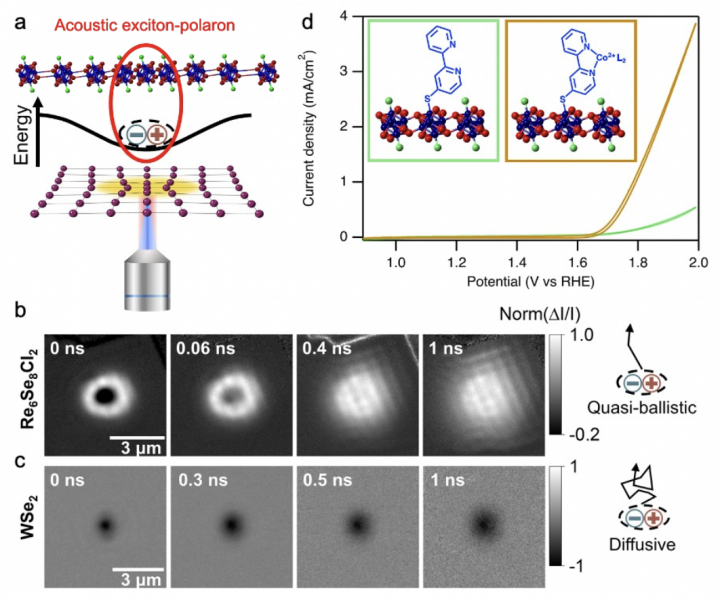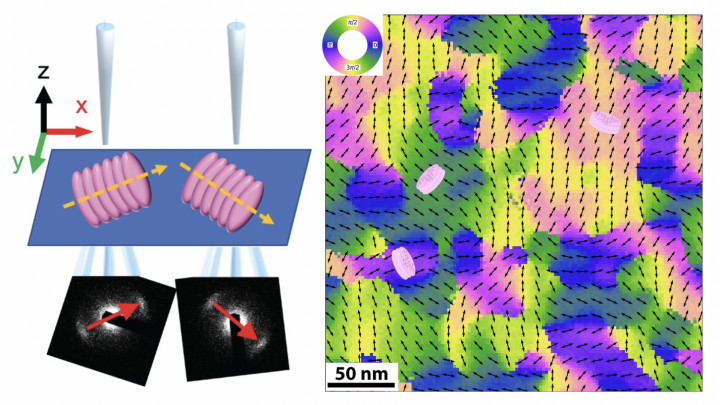Electrohydrodynamic ink jet printing has been used to print CsPbBr3 nanocrystals into very small features, with spot sizes down to only a few hundred nanometers across. The nanocrystals survive the printing, and even spontaneously self-organize into superlattices.



